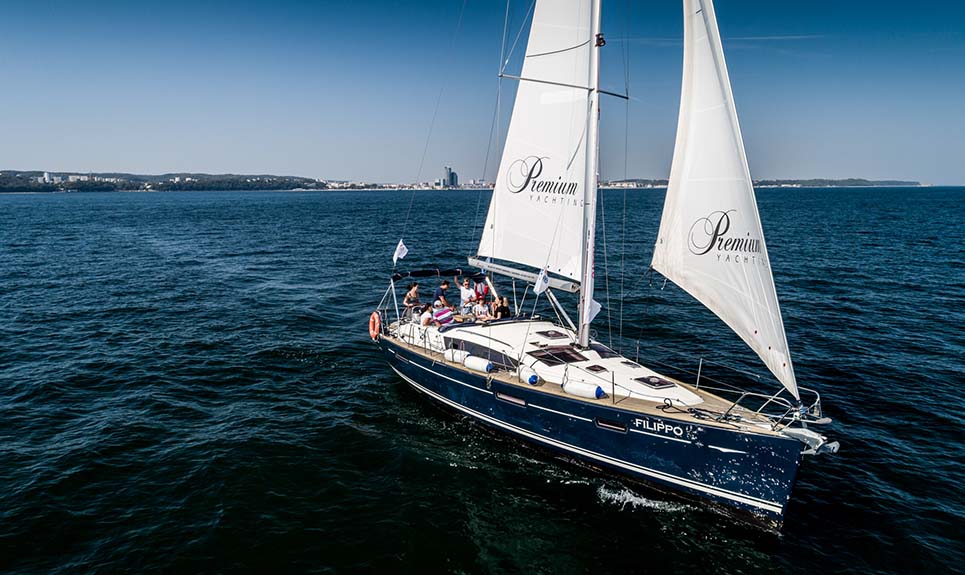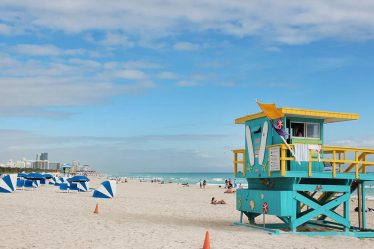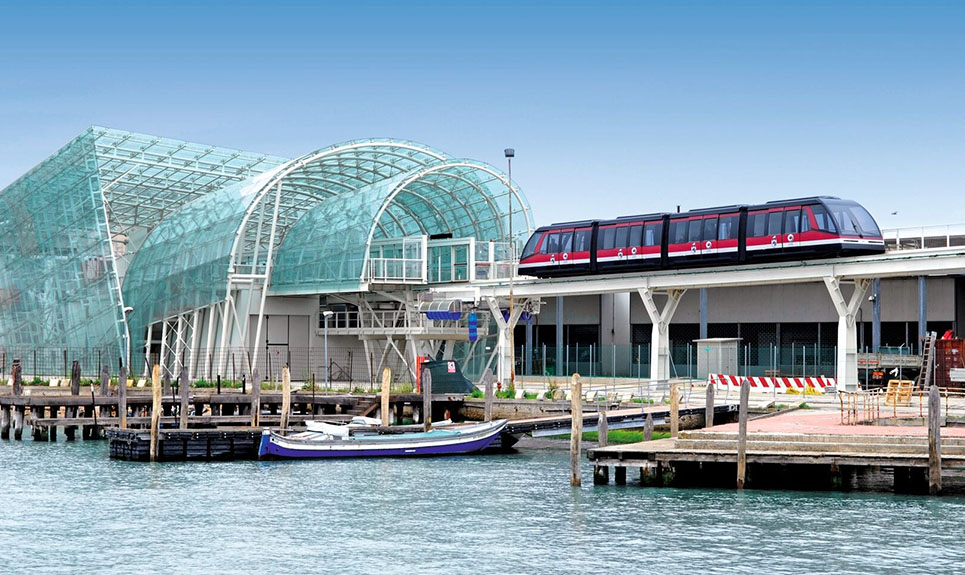
Venice, often heralded as the “City of Canals,” stands as a mesmerizing destination where history, art, and a unique aquatic landscape converge to offer an unforgettable experience. Renowned for its intricate network of waterways, historic charm, and cultural opulence, Venice captivates the hearts of travelers worldwide.
Imagine embarking on a journey through Venice, not merely as a tourist but as a cruise traveler navigating the city’s legendary canals. The allure of this ancient maritime city takes on an unparalleled charm when experienced from the deck of a cruise ship. Gliding upon serene waters, witnessing centuries-old palaces, churches, and vibrant squares from the unique vantage point of a cruise vessel is an experience that encapsulates the essence of Venice’s allure.
The city’s canals, woven intricately like a labyrinth, offer a narrative of history and grandeur, each waterway revealing a tale of architectural magnificence and cultural significance. As a cruise traveler, navigating these legendary water passages, lined with palazzos steeped in history, evokes a sense of stepping into a bygone era. The allure of Venice intensifies when viewed from the deck, where the gondolas, vaporettos, and bustling water traffic weave a vibrant tapestry against the backdrop of ancient edifices and magnificent landmarks.
Cruising along the iconic Grand Canal, flanked by majestic palaces and ornate bridges, presents a spectacle that mesmerizes and enchants. The sight of the Rialto Bridge, a symbol of architectural mastery spanning the waters, or the famed St. Mark’s Basilica standing proudly at the edge of St. Mark’s Square, becomes an awe-inspiring sight when witnessed from the comfort of a cruise ship.
The unique perspective afforded by a cruise journey through Venice allows travelers to delve deeper into the city’s cultural richness. From the opulent Doge’s Palace to the charming labyrinthine alleys of Cannaregio, each view from the cruise ship’s deck unveils a piece of Venice’s rich tapestry, enticing explorers to immerse themselves further into the city’s history and allure.
Exploring Venice’s iconic landmarks from the perspective of a cruise traveler elevates the city’s allure. The romance of its canals, the grandeur of its architecture, and the vibrant essence of its cultural heritage blend seamlessly into a captivating experience, making Venice an enchanting destination for cruise enthusiasts seeking a unique and unforgettable voyage.
Arriving in Venice, whether by air or rail, offers an enthralling prelude to the enchanting experiences awaiting within the city’s historic heart. Navigating from Venice Marco Polo Airport or Santa Lucia Train Station to the city center provides a spectrum of transportation options, each contributing its unique charm and convenience.
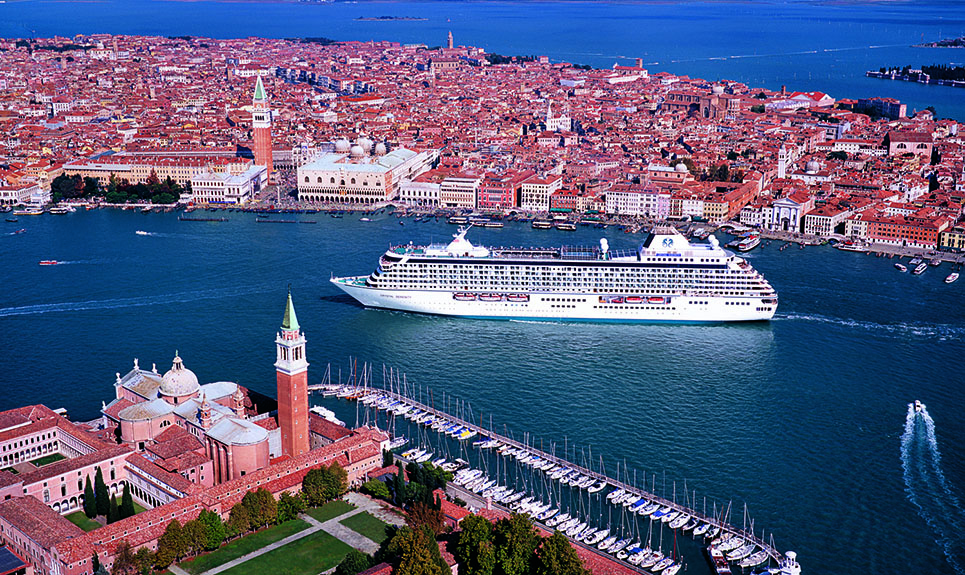
From Venice Marco Polo Airport
Airport Shuttle Bus:
- Advantages:
- Cost-Effectiveness: The airport shuttle bus service offers an economical travel solution, providing a more budget-friendly alternative compared to water taxis or private transfers.
- Regular Schedules: Operating on regular schedules throughout the day, the shuttle service ensures reliable and frequent departures, allowing travelers to plan their journeys conveniently.
- Connectivity to Piazzale Roma: Piazzale Roma serves as the gateway to Venice’s historic center and acts as a transportation hub where visitors can easily transition to vaporettos (water buses) or continue their journey on foot.
- Drawbacks:
- Limited Luggage Space: One of the primary drawbacks of the shuttle bus service is its limited space for luggage. Travelers with substantial baggage might find it challenging to accommodate their belongings due to space constraints, potentially leading to inconvenience or discomfort during the journey.
- Occasional Delays: Traffic congestion, especially during peak hours or due to unforeseen circumstances, such as road closures or accidents, can result in occasional delays along the route. This delay might slightly prolong the overall journey time, causing inconvenience to travelers with tight schedules.
- Crowded Conditions: During peak travel seasons or at specific times of the day, such as rush hours, the shuttle buses might experience overcrowding, leading to limited seating availability or standing room only. This can affect comfort levels, especially after a long flight when passengers may seek a more relaxed transit experience.
Water Taxis:
- Advantages: Offering a picturesque introduction to Venice, water taxis provide a swift and direct route to various points within the city, ideal for travelers with heavy luggage.
- Drawbacks: Water taxis can be notably more expensive than other modes of transport and might not suit budget-conscious travelers.
- Alilaguna Vaporetto:
- Advantages: The Alilaguna water bus service navigates the lagoon, providing a scenic journey with multiple stops in Venice, including St. Mark’s Square and the Rialto Bridge.
- Drawbacks: Longer travel times compared to water taxis due to multiple stops might not be ideal for those seeking the quickest transport.
From Santa Lucia Train Station:
Vaporetto (Water Bus):
- Advantages: Vaporettos from the train station offer a convenient and cost-effective means to traverse the Grand Canal and reach different parts of Venice.
- Drawbacks: During peak hours, vaporettos might be crowded, limiting space for luggage.
Walking:
- Advantages: For travelers with minimal luggage and an inclination for exploration, walking from the train station to nearby attractions like the Rialto Bridge or St. Mark’s Square offers a scenic introduction to Venice.
- Drawbacks: Not ideal for travelers with heavy luggage or those seeking immediate access to farther destinations.
Venice provides a diverse array of transportation options catering to various preferences and budgets. Each mode of transport, whether by land or water, contributes to the unique experience of arriving in this captivating city. The choice of transportation ultimately depends on individual preferences, luggage considerations, and the desire for either speed, convenience, or a scenic introduction to Venice’s timeless allure.
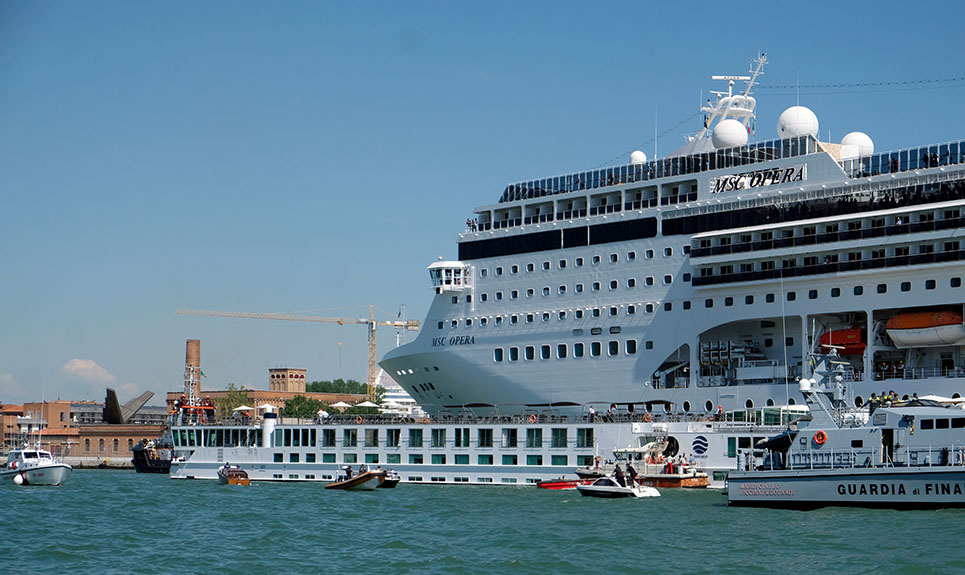
Venice Cruise Terminals Overview
1. Port of Venice (Venezia Terminal Passeggeri)
- Overview: The Port of Venice serves as the primary cruise terminal, comprising multiple terminals such as the Venice Passenger Terminal and Stazione Marittima.
- Facilities: Modern facilities including waiting lounges, restrooms, currency exchange, souvenir shops, and cafes/restaurants.
- Boarding Procedures: Efficient embarkation procedures with designated check-in counters and security screenings for passenger safety.
- Luggage Handling: Porter services available for luggage assistance, ensuring smooth handling from arrival to boarding.
- Embarkation Experience: Generally streamlined and organized, offering scenic views of Venice upon departure.
2. Marittima Cruise Terminals
- Overview: Consists of various terminals: Terminal 107, Terminal 117, and Terminal 123.
- Facilities: Well-equipped terminals with amenities such as duty-free shops, waiting areas, information desks, and wheelchair-accessible facilities.
- Boarding Procedures: Standardized check-in processes with efficient security checks and boarding procedures.
- Luggage Handling: Reliable baggage handling services facilitating the transfer of luggage from port entry to cruise ship cabins.
- Embarkation Experience: Offers smooth embarkation experiences with clear signage and well-organized boarding sequences.
3. San Basilio Cruise Terminal
- Overview: Located near Venice’s historic center, this smaller terminal caters to smaller cruise ships and riverboats.
- Facilities: Limited facilities compared to larger terminals, with basic amenities, cafes, and souvenir shops.
- Boarding Procedures: Generally straightforward with manageable passenger volumes, ensuring a more relaxed embarkation process.
- Luggage Handling: Efficient luggage transfer but might lack the scale of services available at larger terminals.
- Embarkation Experience: Offers a more intimate embarkation setting with easy access to Venice’s attractions.
Comparison and Accessibility
- Services: The Port of Venice and Marittima terminals offer comprehensive facilities, whereas San Basilio provides a more intimate experience but with fewer amenities.
- Accessibility: Port of Venice and Marittima terminals are well-connected to transportation hubs, making access to Venice’s attractions more convenient. San Basilio, while closer to the historic center, may have more limited transportation options.
Proximity to Key Attractions
- Port of Venice and Marittima: Relatively close to Venice’s main attractions, accessible by water taxis or vaporettos.
- San Basilio: Closer to some historic sites, allowing for easier exploration on foot but might lack direct transport links to other parts of the city.
While the larger terminals like Port of Venice and Marittima provide extensive facilities and connectivity, San Basilio offers a more intimate experience closer to certain attractions. The choice of terminal may depend on traveler preferences, cruise itinerary, and desire for specific amenities or proximity to attractions.

